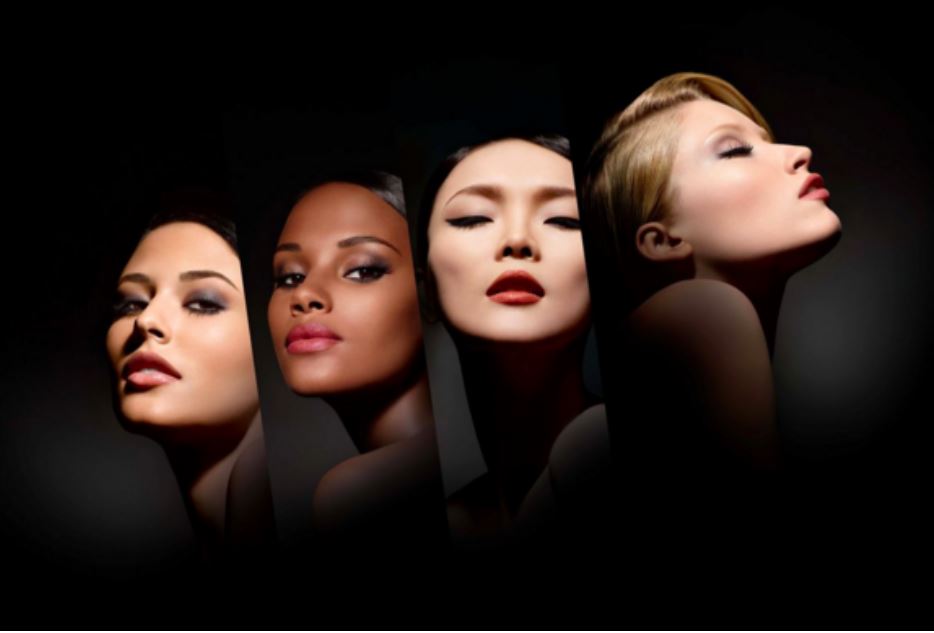Most of us could stand to win some serious style points by giving colors outside our comfort zone a go, but finding hues that work with your complexion is often easier said than done!
First step? Delete the bookmarks you made for those online quizzes based on supposedly sophisticated algorithms. These might be fine for a little light entertainment but knowing your skin is ‘winter’ isn’t all that useful when it comes to it.
Secondly, take a look at your arm. In order to best judge which colors should form the core of your wardrobe, you’ll need to determine whether your skin is pale, medium/olive, or dark. Once that’s out of the way, read on for a guide to finding the colors that work for you.
Fair/Pale Skin
Red, blonde or light brown hair? Freckled? Find yourself constantly looking for somewhere to shade from summer sun?
If you’ve got pale skin and light features, then hues that clearly contrast with your skin tone will – quite literally – bring some color to your complexion.
Colors To Wear
Darker colors like grey, brown, burgundy, bottle green, navy and bolder shades of blue will all work well as these shades contrast with your skin tone.
Colors To Avoid
You’ll want to avoid an abundance of soft, pastel shades or bright colors as they’ll only wash you out. This goes for neutrals too; rather than white, light beige and stone, choose richer shades such as sand, camel, khaki and slate grey.
Red, though not best suited for that rosy-cheeked pale person, can work for more alabaster pale skin tones when worn in bold shades like crimson.
Olive/Medium Skin
If you’ve got olive-toned skin that tends to tan rather than toast in the sun, then you have what’s known as a ‘warm’ complexion which suits a much wider spectrum of colors than those with fair skin or ‘cool’ complexions.
Colors To Wear
While most colors will work perfectly fine with a medium skin tone, you can ensure you look your best by opting for shades that are either a little brighter or darker than the middle ground.
What does that mean exactly? Choose pale beige rather than warm sand if you’re opting for light neutrals or try a bolder shade of purple (such as magenta) rather than mauve, for example.
For a summer-ready look, try going all-white or mixing light neutrals. “I’d recommend a lighter color palette for your summer outfits,” says Rhone. “With white being the obvious choice, try some subtle tonal dressing with a white linen shirt and a stone colored skirt, which will accentuate your skin tone.”
Colors To Avoid
Since your skin will likely have yellow or green undertones, you should avoid wearing shades of these colors that are too close to your skin tone.
What you’re trying to avoid here is ending up looking nude – i.e. having your skin blend in with your clothing. Shades you should probably pass up would include pistachio, mustard, olive and mocha brown.
For trickier looks like all-white or pastels-on-pastels, make sure you’re tanned enough to carry it off without looking washed out.
Darker Skin
Much like those with medium skin, ladies with darker skin can try their hand at pretty much any color.
Colors To Wear
The color of your skin is perfectly positioned to marry well with the vast majority of hues and shades, as it doesn’t run the risk of being washed out like comparatively pale skin tones. With that said, there are a couple of drawbacks.
Colors To Avoid
Brown is pretty much a no-go. Much like how pastel shades wash out paler skin tones, brown won’t contrast clearly enough with your skin, resulting in your look ‘bleeding’ into your skin.
While black and navy are two key colors in any wardrobe (making up the majority of formal and corporate wear), it’s worth keeping these to a minimum to really make the most of your especially versatile skin tone.




















